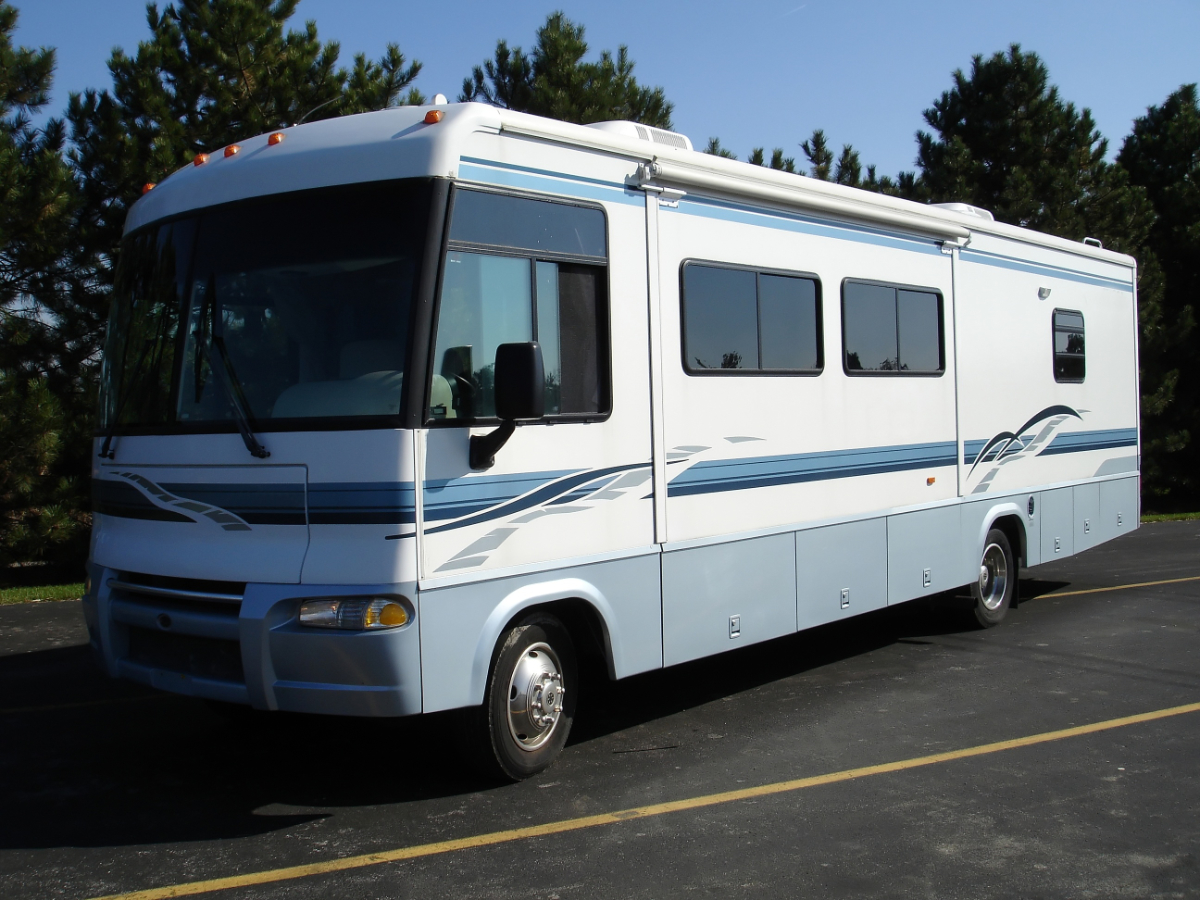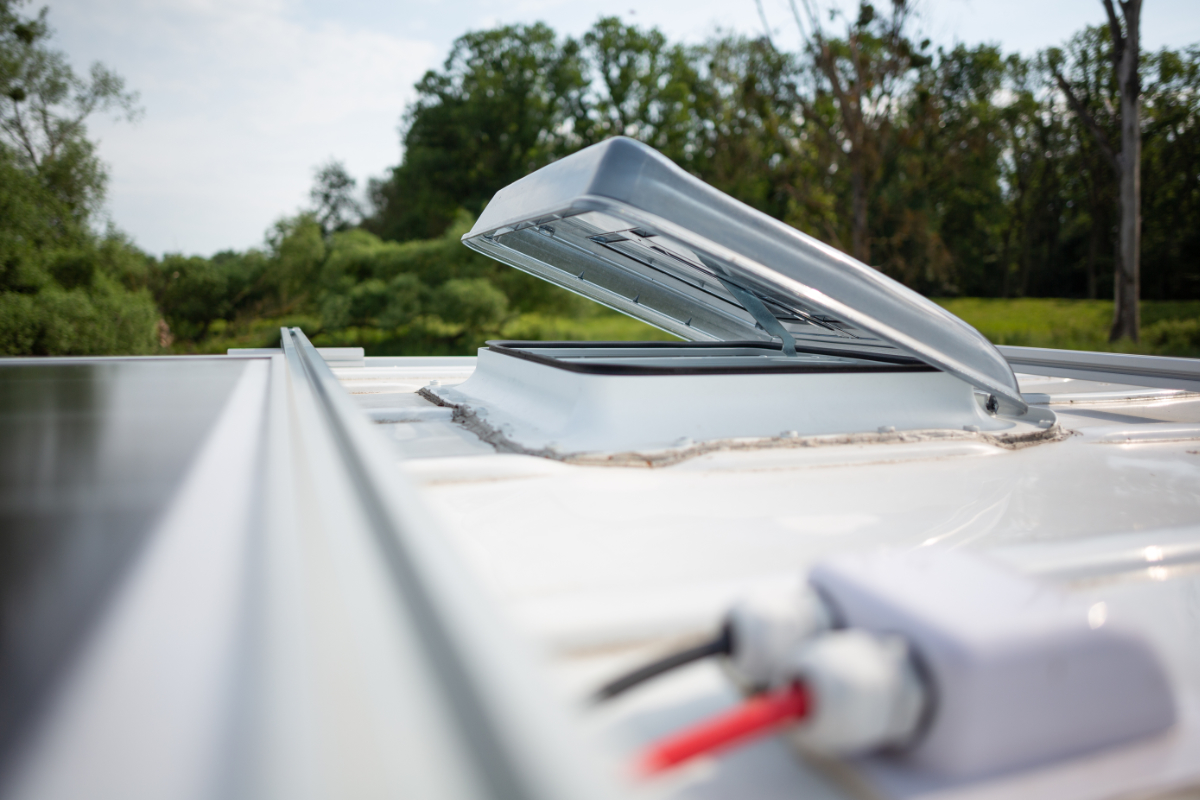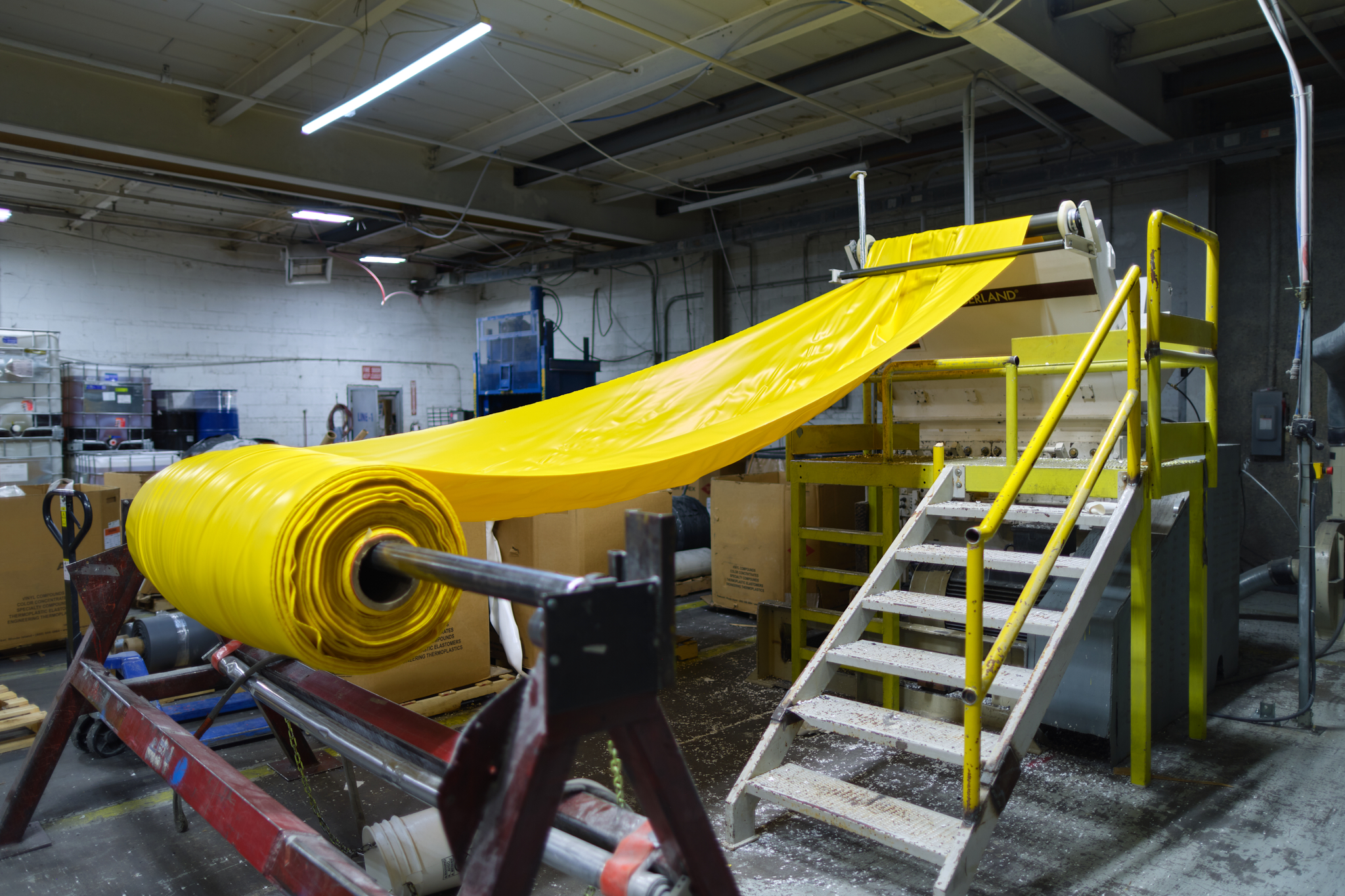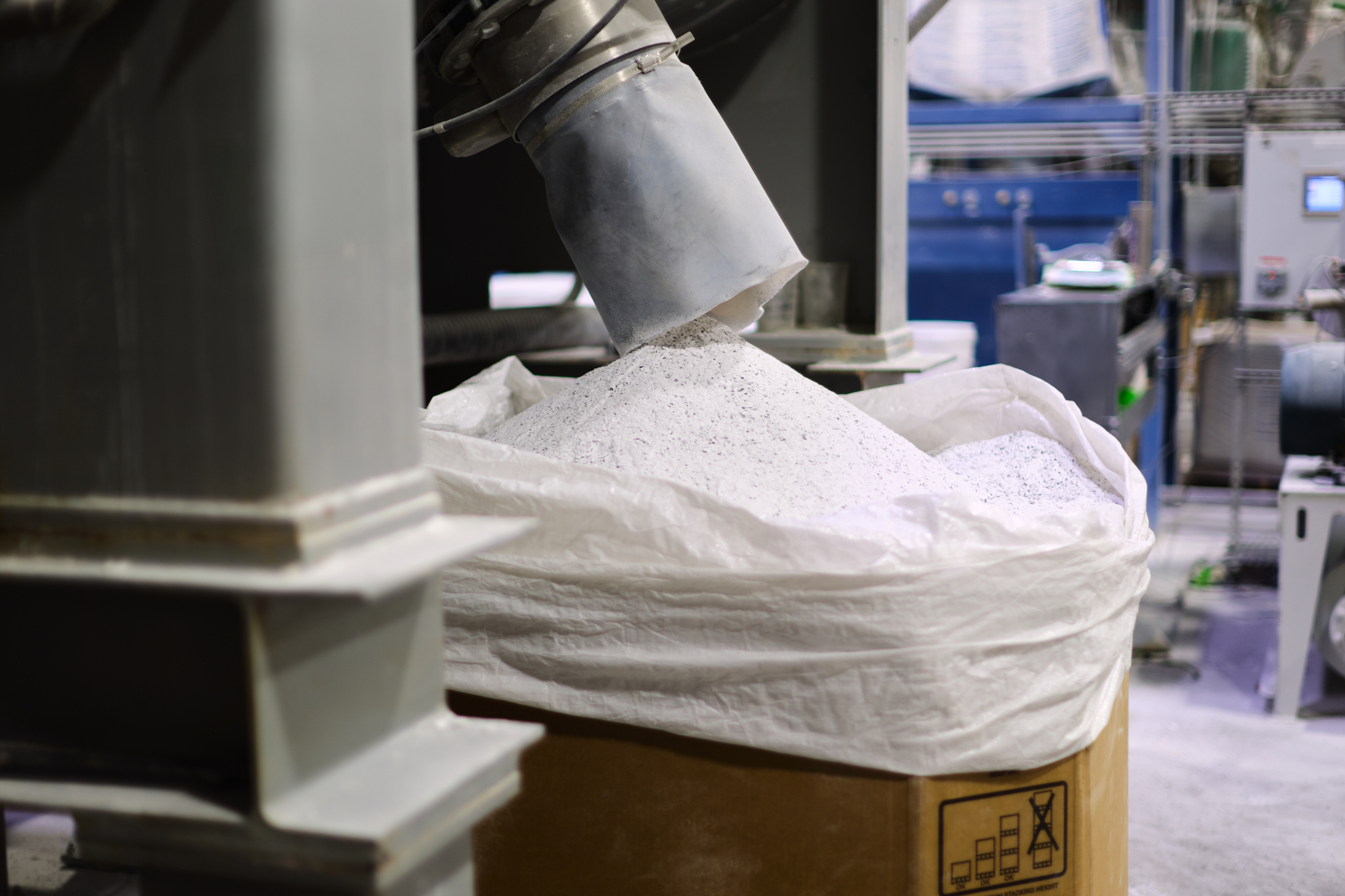
A recreational vehicle, or RV, is a type of home on wheels. Just like any home, your RV needs regular maintenance and TLC to keep it in good working order. If anything, an RV might require even more maintenance than a house due to the extra strain being mobile places it under.
An RV’s roof protects the vehicle and its contents from the elements, helps maintain its structural integrity, and increases energy efficiency by lowering heating and cooling costs. Therefore, maintaining a solid, leak-free RV roof is critical.
Rubber roofing materials such as ethylene propylene diene terpolymer (EPDM), thermoplastic polyolefin (TPO), and polyvinyl chloride (PVC) are amongst the most common types used for RV roofs due to their flexibility, affordability, and ease of repair.
Installing a rubber roof on an RV is not something to be undertaken lightly. It is a major project that requires specialist skills, and mistakes can be costly. For this reason, we recommend hiring a professional rather than attempting to replace your RV roof yourself.
Understanding RV Rubber Roof Materials
Rubber roofs such as EPDM, TPO, and PVC roofing are highly durable, resistant to weather ,with the sun’s UV rays, and relatively cost-effective alternatives to fiberglass. These membranes come in various thicknesses, with thicker materials offering an improved insulation performance. Manufacturing warranties generally last up to 15 years.
If your RV roof is nearing its end of life, you might begin to see issues such as cracking, bubbling, leaking, and lifting seams. Small problems may be possible to repair, but larger areas of damage can indicate that your RV roof is ready to be replaced.
Timely replacement is crucial to prevent structural damage, weather or water damage, and a costly repair bill.
The Problems with DIY RV Rubber Roof Replacement
Very few RV owners have the skills needed to install a replacement roof themselves, instead preferring to entrust the job to a professional. However, if you are considering taking this route, please read this section first to fully understand the pros and cons.
Pros:
Some RV owners derive satisfaction and an additional sense of ownership and pride from doing the work on their vehicle themselves.
Besides this, the main reason people choose to install their own RV roof is to save money. If you have the skills, sourcing and installing your new RV roof can offer significant cost savings as you will not need to pay for labor. It also provides more flexible timing, allowing you to work on your own schedule and at your own pace.
Cons:
Installing your own RV roof to save money can be a false economy and end up costing you much more in the long run. Installing a new RV roof requires knowledge of proper material selection and handling, roof prep, adhesive use, seam sealing, and more. If you do not have the appropriate knowledge and skills, it is easy to make mistakes which can be expensive to fix. Incorrect installation can lead to issues such as leaks and even premature roof failure, causing damage to your entire RV as well as necessitating another roof replacement.
Before you can install a new roof, you will need to detach all the roof accessories from your RV including skylights, refrigerator vents, air conditioners, solar panels, and termination bars. You will then need to re-install these components when you are finished. The wood decking underneath will also need to be replaced in many instances. Removing the old roof often causes pieces of this decking to tear off or come loose, making it difficult or unsightly to reinstall a new roof over the same decking.
Finally, installing your own RV roof can be tremendously time-consuming. The process may take days, a week, or even longer, depending on your experience and the conditions.
Why Invest in Professional RV Roof Replacement?
If you are unable or unwilling to install your new RV roof yourself, you can hire a professional to do it for you. In this section, we will consider the pros and cons of this option.

Pros
Professionals understand how to prepare, fit, and seal rubber roofing to an RV properly. This means you can be assured of a quality installation that will perform well and last years. Professionals can also typically complete a job more quickly and with fewer errors.
Dealerships and professional repairers understand the various roofing systems, adhesives, sealants, and membranes available and know which parts are compatible with which products, from choosing the right primer for skylights to choosing between butyl tape and sealant.
Dealerships will also use proven products for every repair. Many DIY kits are new and untested. Saving money upfront by choosing non-reputable sources for a DIY repair could cause premature roof failure within a few years.
Professionals use high-quality materials such as glues that provide excellent adhesion, ensuring a strong, flexible bond that will last for years, as well as premium sealants. These same materials are available as kits for DIY RV owners to buy, but experts are more likely to have the experiences to utilize them properly.
Professional work often comes with labor and material warranties, offering you peace of mind over time.
In addition, many RV owners do not have the time to undertake this work. Allowing a professional to do it for you allows you to get back to enjoying your RV sooner. Dealerships and professional repair shops will have access to equipment such as scaffolding, sealant pumps, and other specialty tools, as well as knowledge of working with roofing membranes, accessories, decking, and electrical components, all of which will speed up the reroof process.
Cons:
The main disadvantage of hiring a professional to fit your new RV rubber roof is the price, as labor can significantly increase the total project cost. In addition, your contractor’s schedule may mean that you have to wait for an appointment to become available.
Some RV owners also prefer hands-on control over their vehicle’s maintenance. Hiring someone else to install your new RV roof removes some of this control.
Cost Comparison
A new RV roof is an investment in your RV and its ongoing health and performance. However, it can also be costly. But how does doing it yourself compare with hiring an RV roofing professional?
If you opt for the DIY approach, a new RV roof is likely to cost between $1500 and $2000. This estimate includes materials, adhesives, sealants, and any new tools you may need to purchase or rent.
However, a professional installation can cost $7000–$12000 or even more, depending on the size of your RV, your location, and the shop’s reputation.
These prices make installing your own RV roof look like a very tempting option. However, they do not account for potential hidden costs such as time off work to complete the job, rework or fixing DIY errors, or even future water damage created by poor seals. Correct installation will pay off in durability and result in fewer repairs for your RV later on.
Key Factors to Consider When Choosing
Both installing your own RV roof and hiring a professional to do it for you can be great options. Which is right for you will depend on your circumstances. In this section, we will look at five crucial factors to consider before you decide.
Knowledge and Skill Level
Are you comfortable working with primer, adhesives, seams, silicone caulk, RV roof coating materials, and cutting tools? Have you attempted this kind of project before? If not, installing your RV roof comes with a significant risk. Electrical skills are also essential since you will need to uninstall and reinstall the refrigeration unit and air conditioning.
RV Use Timeline
Is this a long-term upgrade or an emergency repair to your RV roof? You can fix minor issues with an RV roof repair kit yourself but may not feel able to install an entirely new roof. Hiring a professional can be more time-efficient than attempting a DIY approach if you need to use your RV quickly.
Budget vs. Risk
When budgeting for your new RV roof, it is essential to weigh the benefits of short-term savings by doing it yourself compared with the potential for expensive mistakes and the long-term risk these mistakes can prevent. Incorrect installation can lead to leaks and cracks in the roofing material, resulting in costly repairs down the line.
Warranty Importance
If your RV or new rubber roofing is under warranty, some manufacturers require professional installers to be used for warranties to be valid. Ensure you understand what is covered under your warranty, as some damages, like punctures, tears, and labor are generally not included. Always check your warranty paperwork, and do not risk voiding it.
Whether You Choose DIY or Professional, Choose Ronald Mark for Quality RV Roofing That Lasts
Choosing DIY or professional roof fitting for your RV depends on factors such as time, budget, skill level, vehicle warranty, and personal comfort with risk. But no matter which route you choose, promptly replacing your RV roof is a critical investment in protecting your home on wheels so that you can keep enjoying it for many years.
At Ronald Mark Associates, we supply high-quality, durable PVC RV roofs to major distributors and manufacturers. Click here or here to visit our trusted distributors and start your RV roof replacement today, or contact us if you have any questions about our products or services.
related posts
February 20, 2025
A recreational vehicle, or RV, is a type of home on wheels. [...]
December 18, 2024
Polyvinyl chloride (PVC) is a synthetic thermoplastic polymer that is used extensively [...]
January 16, 2025
Polyvinyl chloride (PVC) is a high-strength synthetic polymer and one of the [...]



